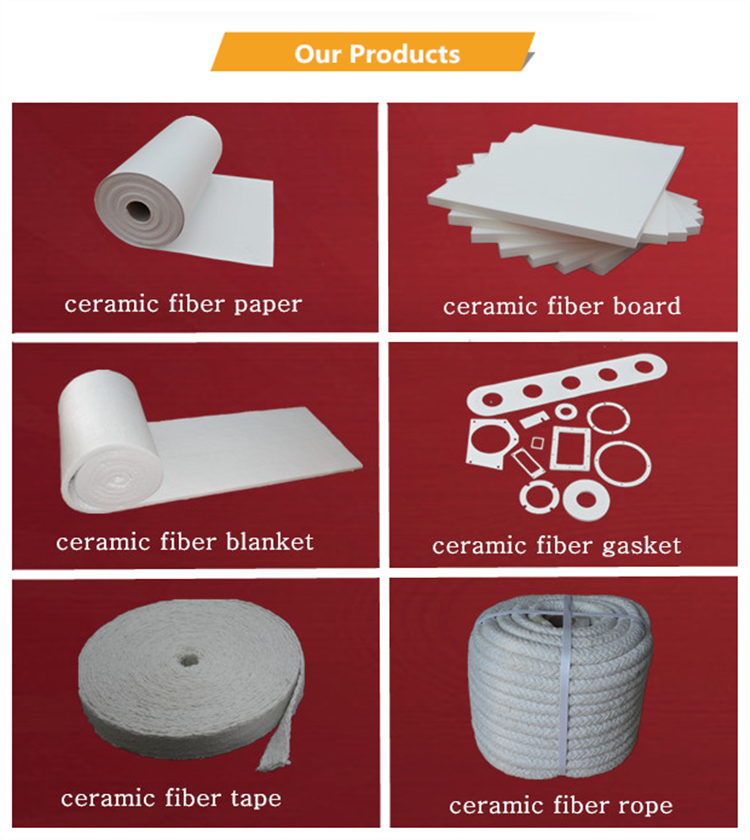When we choose a ceramic fiber product, we will certainly ask the manufacturer for the main performance data of the product and understand the data value for reference in the selection, but maybe the customer is not very clear about the meaning of the value or some new customers do not understand the meaning of the data, always consult us about the meaning of the data. Today 100 check for you to explain the ceramic fiber products of these little knowledge, I hope to help you!
1 The difference between thermal insulation materials and refractory materials
Generally speaking, below 1570℃ is called insulation material; Above 1570℃ is refractory material. Traditional refractory materials generally refer to heavy firebrick, castable, etc., the volume density is generally 1000-2000kg/m3.
The advantages of ceramic fiber are very obvious, under the premise of excellent thermal insulation performance, but also has good fire resistance, and belongs to the light material, reduce the load of the furnace, greatly reduce the traditional installation because of the support of heavy materials consumed by a large number of steel.
2 hot wire shrinkage
Index for evaluating the heat resistance (service temperature) of ceramic fiber products. International unified requirements of ceramic fiber products under non-load heating to a certain temperature, heat preservation for 24 hours of high temperature line shrinkage indicates the heat resistance of ceramic fiber.
The test temperature of heating wire shrinkage value ≤3% is the continuous service temperature of ceramic fiber products. At this temperature, amorphous ceramic fibers crystallize and grow slowly, and the fiber properties are stable and elastic.
Heating wire shrinkage value ≤4% test temperature for ceramic fiber products use temperature.
3 Thermal conductivity
Thermal conductivity is a kind of physical property of material, which is the index of thermal insulation property of ceramic fiber.
Depends on the structure of ceramic fiber products, volume density, temperature, furnace atmosphere, humidity and other factors.
Ceramic fiber is a mixture of solid fiber and air with a porosity of 93%. A large amount of air with low thermal conductivity is filled in the pores, and the continuous network structure of solid molecules is destroyed, so as to obtain excellent adiabatic performance. And the smaller the pore diameter, along the direction of heat flow by solid fiber divided into a closed state of the number of pores, the better the thermal insulation performance of ceramic fiber.
4. Influence of chemical composition
The chemical composition directly determines the heat resistance of the fiber:
(1) Al2O3, SiO2, ZrO2, Cr2O3 and other effective components ≥99%, high temperature oxide content, directly determines the performance of ceramic fiber.
(2) Fe2O3, Na2O, K2O, MgO and other impurities less than 1%, belong to harmful impurities, directly lead to the deterioration of ceramic fiber performance.
Post time: Feb-27-2023





